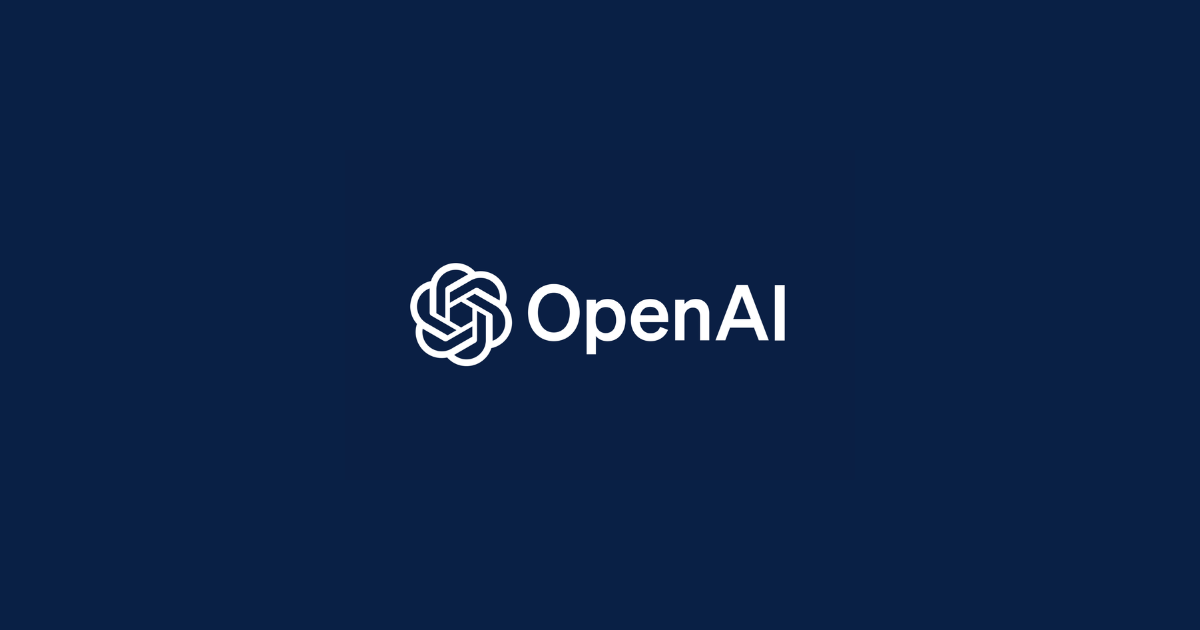OpenAI Updates Safety Framework Amid Competitive Pressures

OpenAI has updated its Preparedness Framework, which guides the safety measures for its AI models, to potentially adjust its safety requirements if a rival lab releases a high-risk AI system without comparable safeguards. This update reflects the competitive pressures in the AI industry, where rapid deployment is often prioritized. OpenAI emphasizes that any adjustments would be made cautiously, ensuring that safeguards remain protective.
The revised framework introduces a sharper focus on specific risks and stronger requirements for minimizing these risks. OpenAI has also enhanced its automated evaluations to keep pace with faster product development cycles, although human-led testing remains part of the process. The company has clarified its capability categories, focusing on 'high' and 'critical' capabilities, each requiring specific safeguards to minimize risks.
OpenAI's updated framework also includes new research categories to address emerging risks, such as long-range autonomy and autonomous replication. The company plans to continue publishing its findings with each new model release, maintaining transparency in its safety efforts.
We hope you enjoyed this article.
Consider subscribing to one of our newsletters like AI Policy Brief or Daily AI Brief.
Also, consider following us on social media:
More from: AI Safety
Subscribe to AI Policy Brief
Weekly report on AI regulations, safety standards, government policies, and compliance requirements worldwide.
Whitepaper
Governing the Future: A Strategic Framework for AI Adoption in Financial Institutions
This whitepaper explores the transformative impact of artificial intelligence on the financial industry, focusing on the governance challenges and regulatory demands faced by banks. It provides a strategic framework for AI adoption, emphasizing the importance of a unified AI approach to streamline compliance and reduce operational costs. The document offers actionable insights and expert recommendations for banks with fewer than 2,000 employees to become leaders in compliant, customer-centric AI.
Read more
